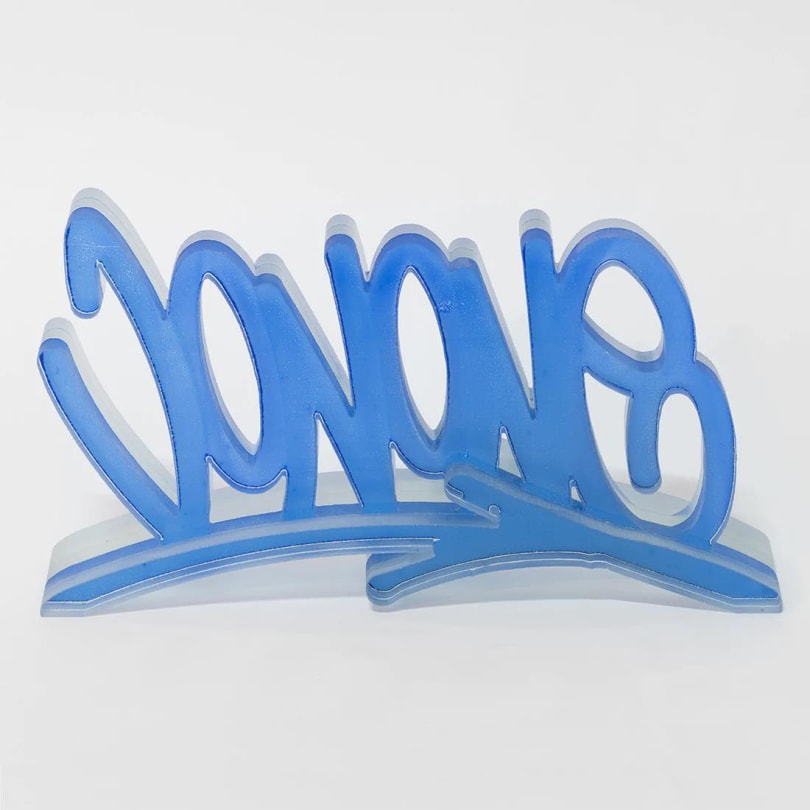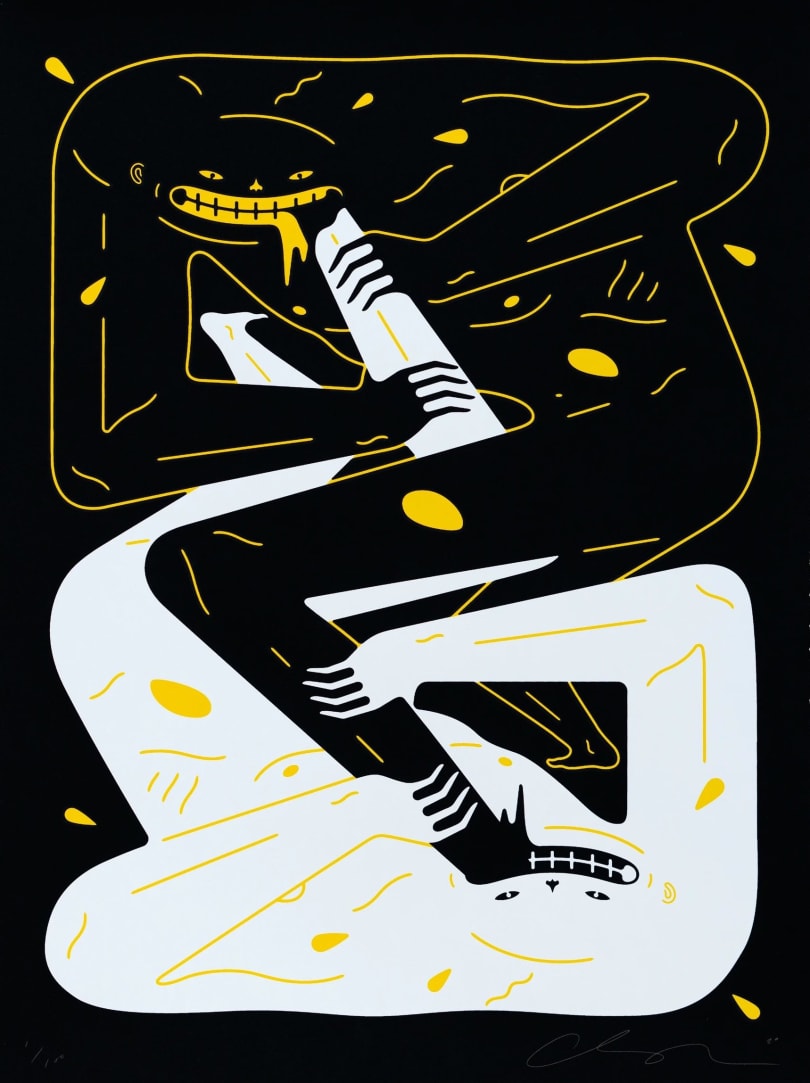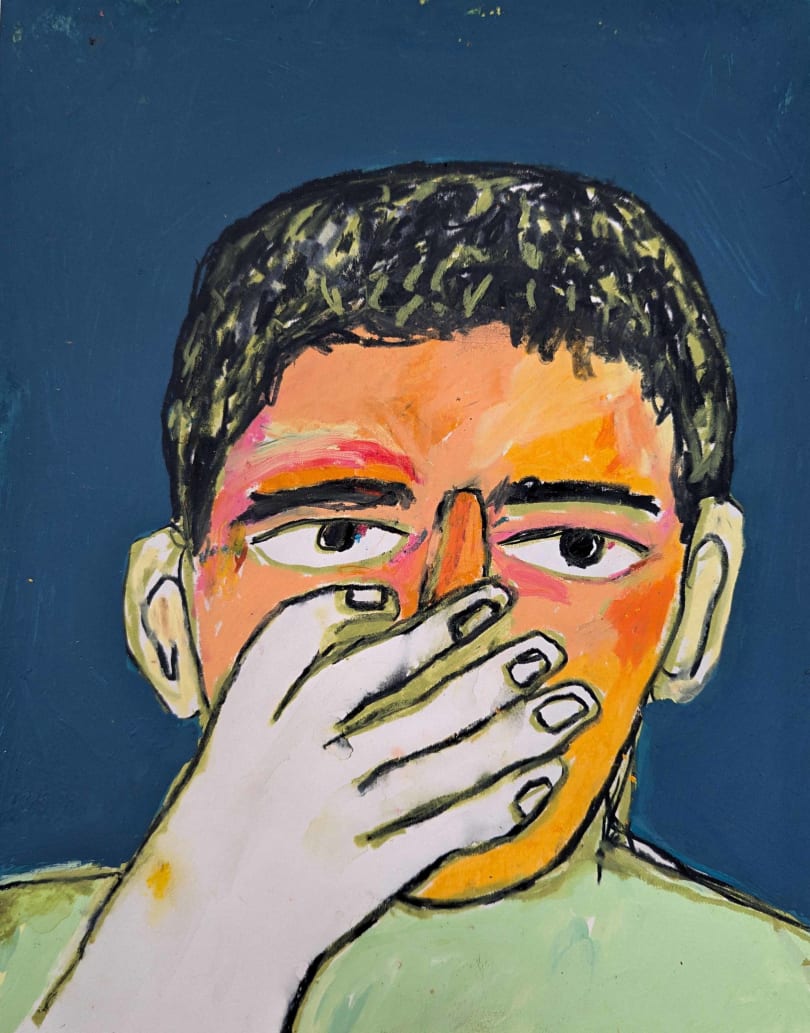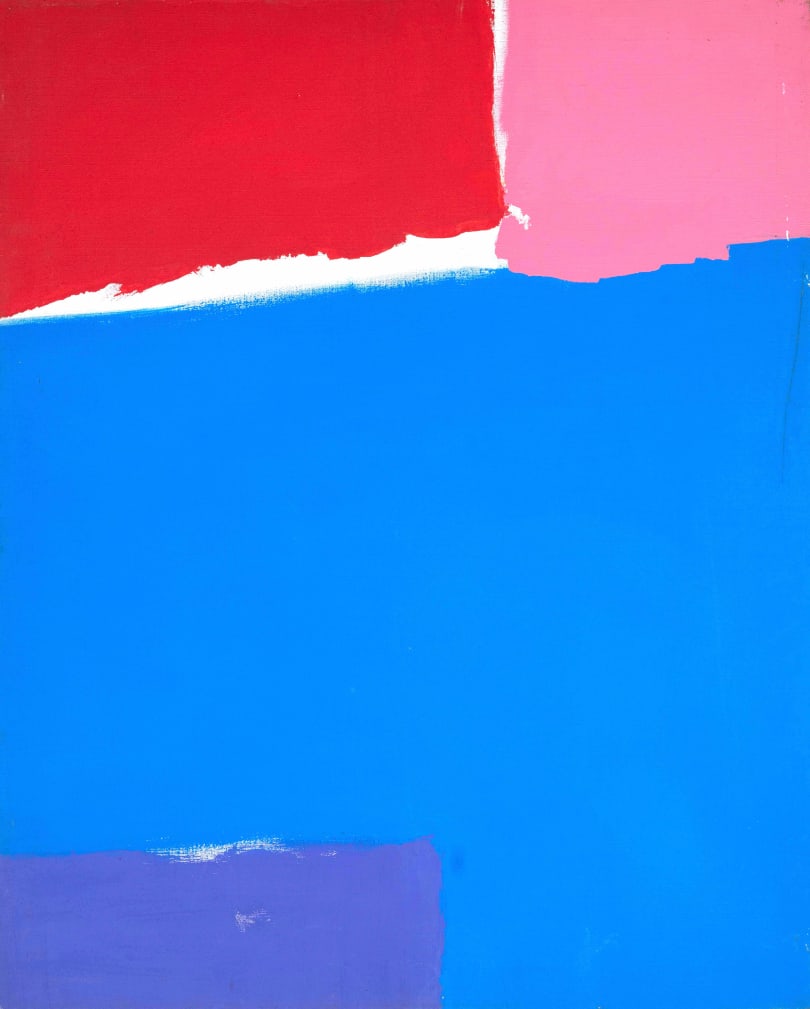
Florentine
Category
SculptureMaterial
Ceramic and engobeDate
1958Dimensions
5.5 cm x 4.5 cm x 1 cmArtwork information
Category
SculptureMaterial
Ceramic and engobeDate
1958Dimensions
5.5 cm x 4.5 cm x 1 cmSignature
UnsignedProof(s) of authenticity
A certificate of authenticity from the gallery will be given to the buyer.State of conservation
GoodLocation
Paris, FranceDescription
Pendant in ceramic and engobe.
The artist

Bio
Jean Cocteau was born on July 5, 1889 in Maisons-Laffitte in France to a bourgeois family. Georges Alfred Cocteau, his father, was a lawyer and amateur painter. His mother was named Marie Junia Émilie Eugénie Lecomte, she married his father in 1875.
On April 5, 1898, his father committed suicide, an injury that would leave important traces in the life of Jean Cocteau.
Jean Cocteau discovered cinema and theater at the age of 6 thanks to his mother. It is from this moment that the young boy begins to imagine sets, music and texts.
At the age of fifteen, he decided to leave the family home to study at the Lycée Condorcet in Paris, where he met Pierre Dargelos. Finally, showing little interest in his studies, Jean Cocteau was expelled from high school in 1904 and failed his baccalaureate twice.
The tragedian Édouard de Max is one of the first to take an interest in Cocteau's style and helps him to become known throughout Paris. He organizes a poetry matinee at the Femina theater, and Jean Cocteau delivers his first poetry recital.
In 1909, Cocteau publishes his first collection of poems: La Lampe d'Aladin, a story inspired by the One Thousand and One Nights. With this first publication, he became known in bohemian literary and artistic circles and was nicknamed the "Frivolous Prince". It was under this title that he published his second collection in 1910.
Jean Cocteau was fascinated by Serge de Diaghilev, the master of Russian ballet, but also by the painter Leon Bakst and the dancer Vaslav Nijinsky. His meeting with Diaghilev marks a turning point in his life, he disavows his poems to get closer to the futurist and cubist avant-garde.
In 1912, Le Dieu bleu is born of his collaboration with Russian artists and in 1917, Parade is born with costumes and sets by Pablo Picasso. This work inspires Guillaume Apollinaire the neologism of surrealism which will be taken up by André Breton and Philippe Soupault, Cocteau will be quickly excluded from the artistic movement.
Jean Cocteau participates in the Dada movement, he will have an important influence on the work of the group.
Discharged from military service, Cocteau nevertheless participated in the First World War as an ambulance driver. He is soon demobilized for health reasons. He returned to Paris and resumed his activities, writing a novel about the war entitled Thomas l'Imposteur.
In the 1920s, Jean Cocteau became close to the literary circles of André Gide, Marcel Proust and Maurice Barrès. In 1924, he wrote an adaptation of the play Romeo and Juliet.
In 1938, he presented Les Parents terribles, a play, which was banned by the Paris City Council after its 9th performance. The city of Paris accused Cocteau of staging the evocation of an incest. After 1945, the play will be presented many times, including by Jean Marais at the Théâtre Antoine from 1977.
Jean Cocteau was elected to the French Academy in 1955, he is therefore considered one of the artistic luminaries of his time, he animated the French artistic life for many years. We can also mention two plays created by Cocteau: La Machine infernale and La Machine à écrire.
Jean Cocteau died in his house in Milly-la-Forêt on October 11, 1963. On his tomb we find the epitaph: "I remain yours".
The Jean Cocteau Museum came into being in 2011 thanks to a generous donation of 1800 works to the city of Menton. The donor is the collector Séverin Wunderman.




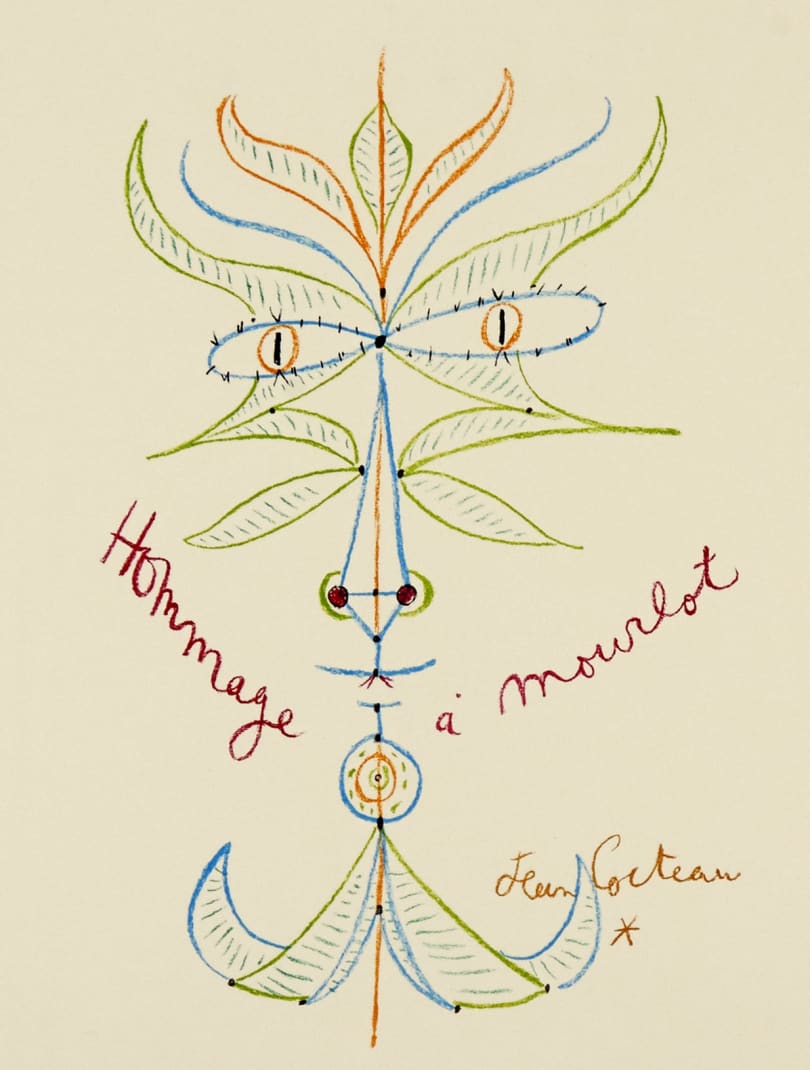






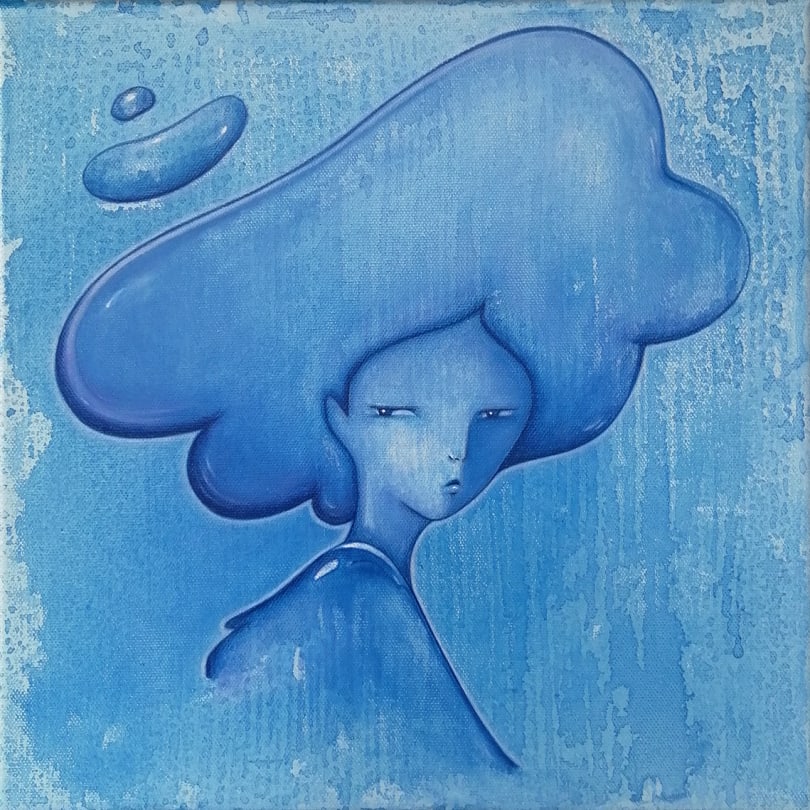



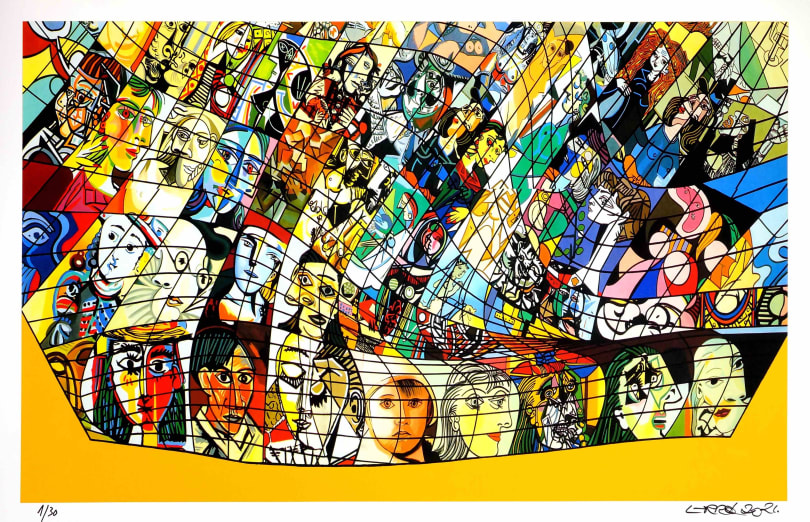
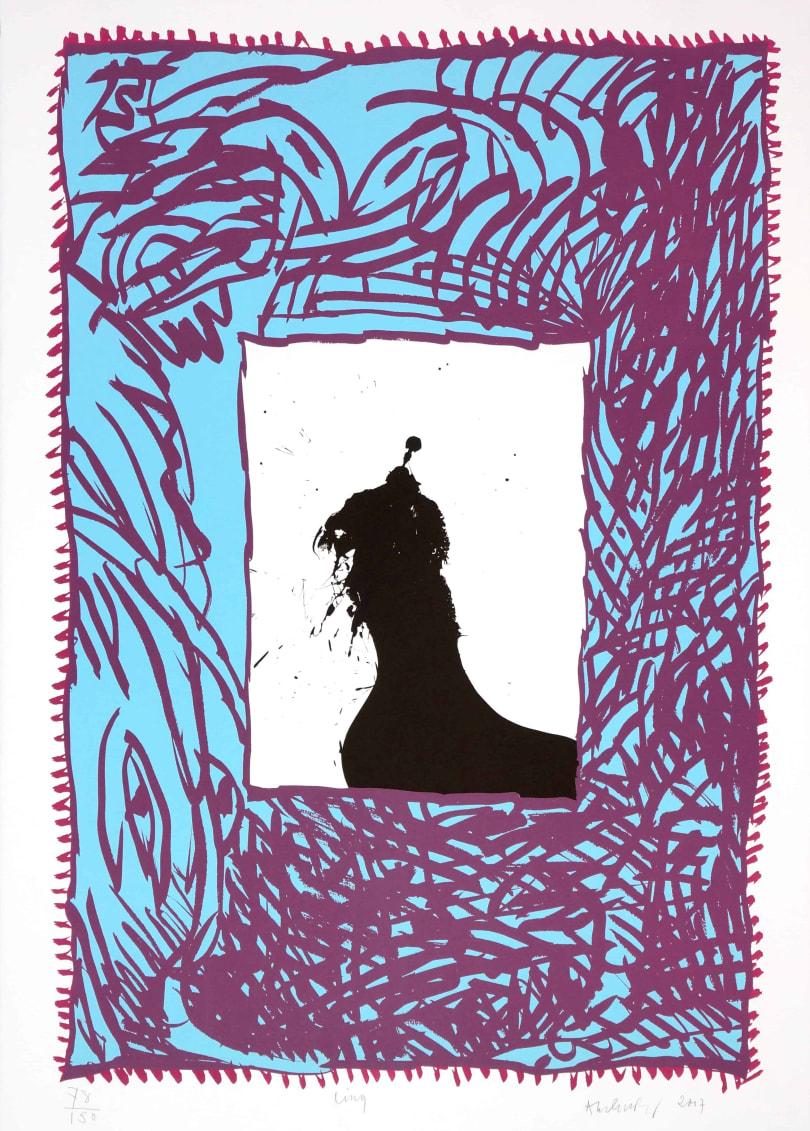






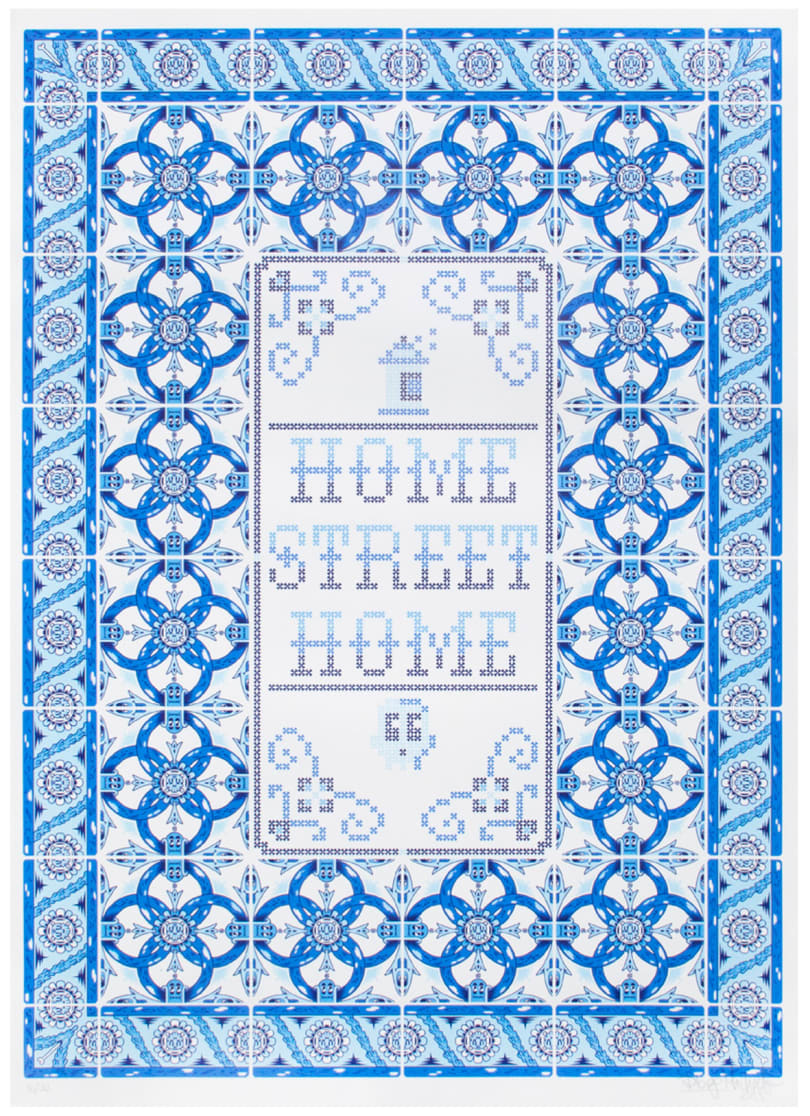


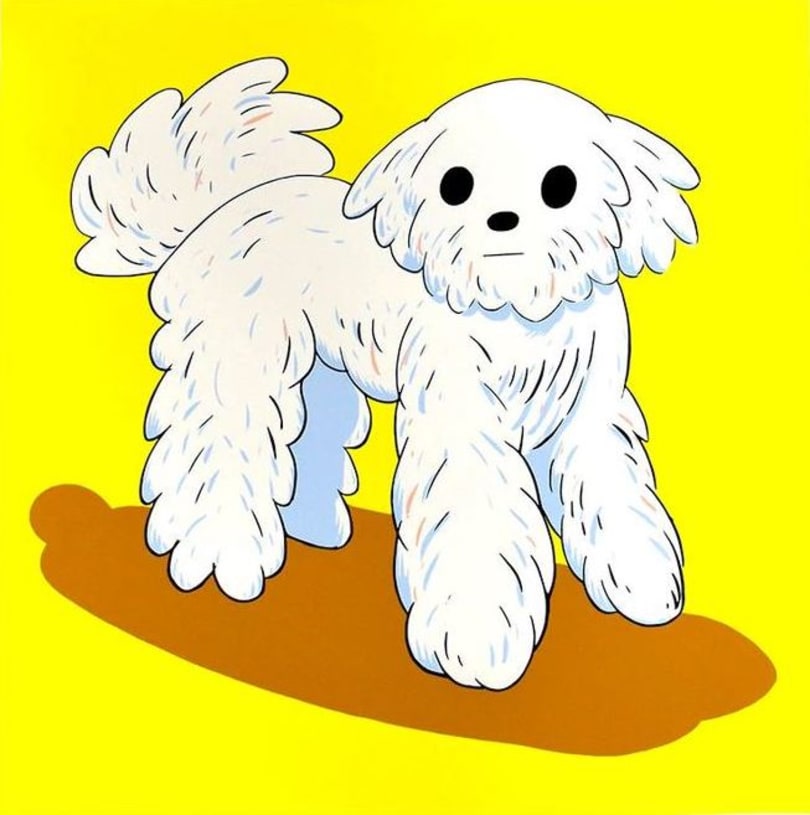
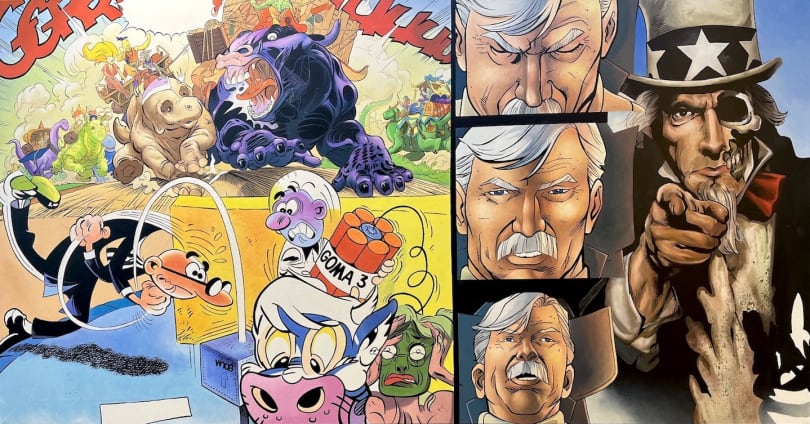


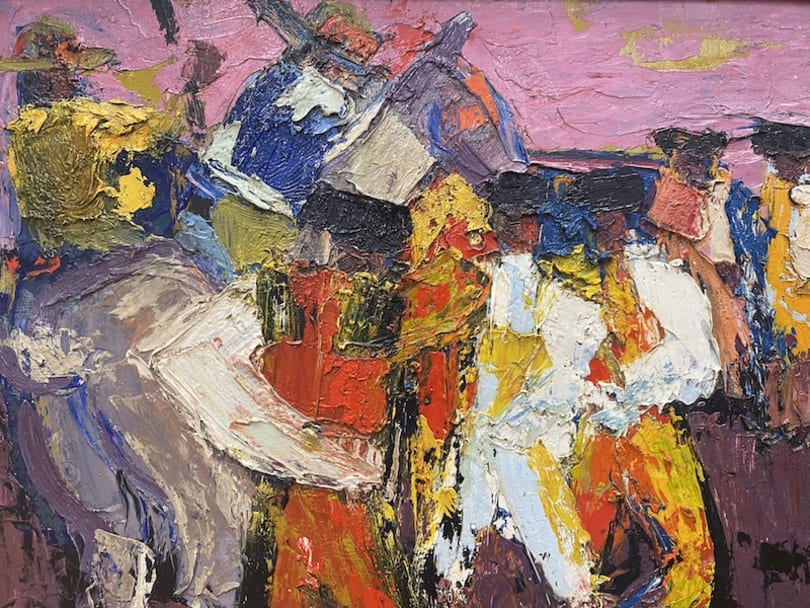
.jpg)


.jpg)


